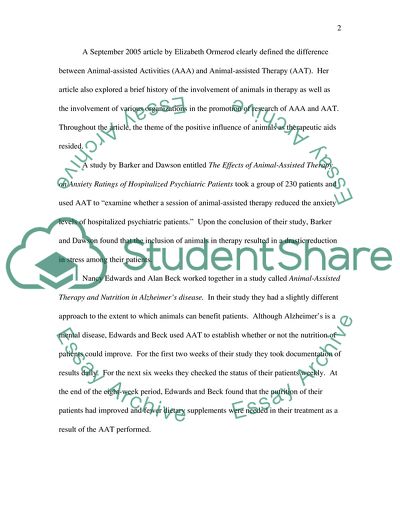Cite this document
(“Animal-assisted therapy for psychiatric patients Essay”, n.d.)
Animal-assisted therapy for psychiatric patients Essay. Retrieved from https://studentshare.org/psychology/1535967-animal-assisted-therapy-for-psychiatric-patients
Animal-assisted therapy for psychiatric patients Essay. Retrieved from https://studentshare.org/psychology/1535967-animal-assisted-therapy-for-psychiatric-patients
(Animal-Assisted Therapy for Psychiatric Patients Essay)
Animal-Assisted Therapy for Psychiatric Patients Essay. https://studentshare.org/psychology/1535967-animal-assisted-therapy-for-psychiatric-patients.
Animal-Assisted Therapy for Psychiatric Patients Essay. https://studentshare.org/psychology/1535967-animal-assisted-therapy-for-psychiatric-patients.
“Animal-Assisted Therapy for Psychiatric Patients Essay”, n.d. https://studentshare.org/psychology/1535967-animal-assisted-therapy-for-psychiatric-patients.


